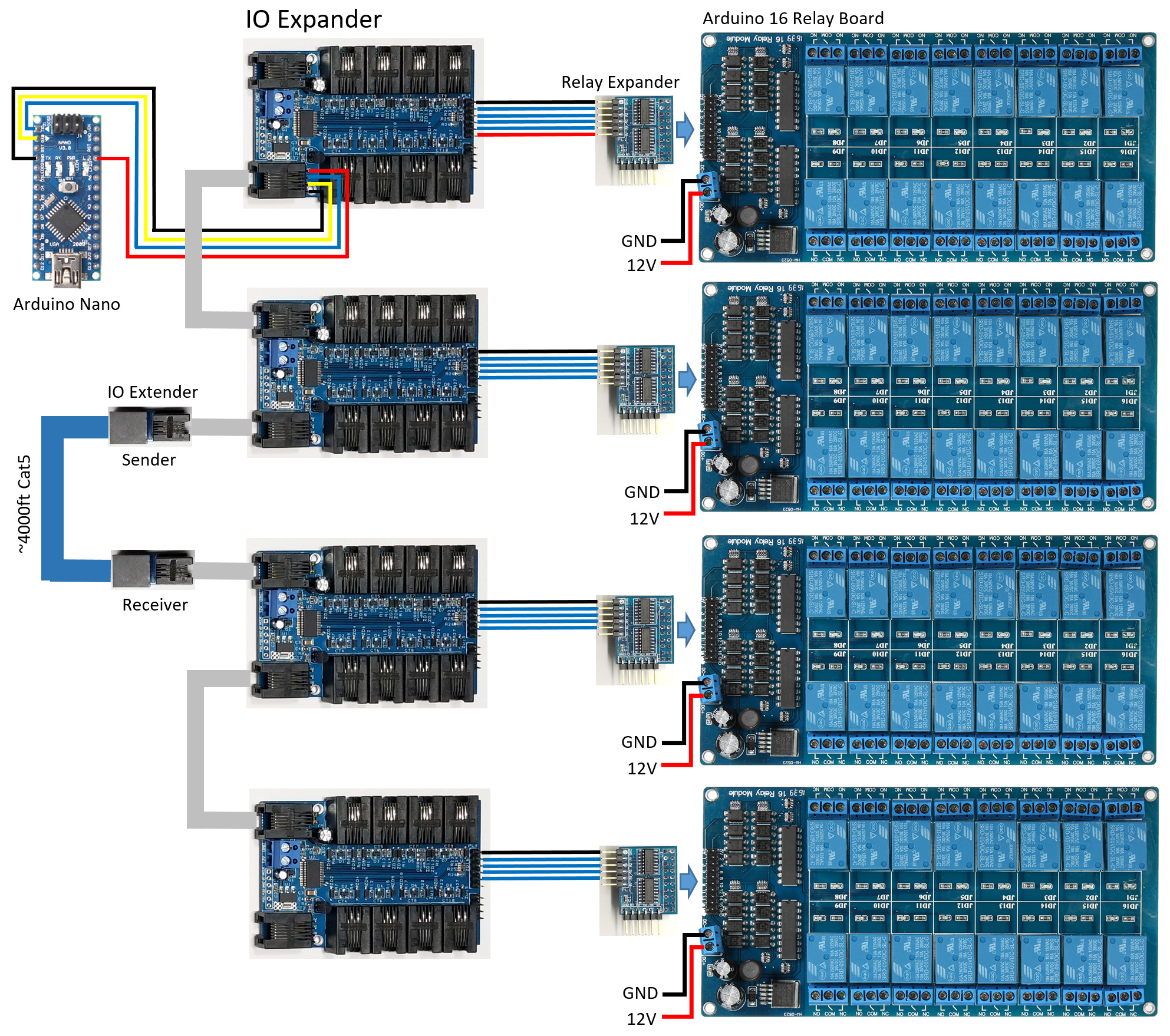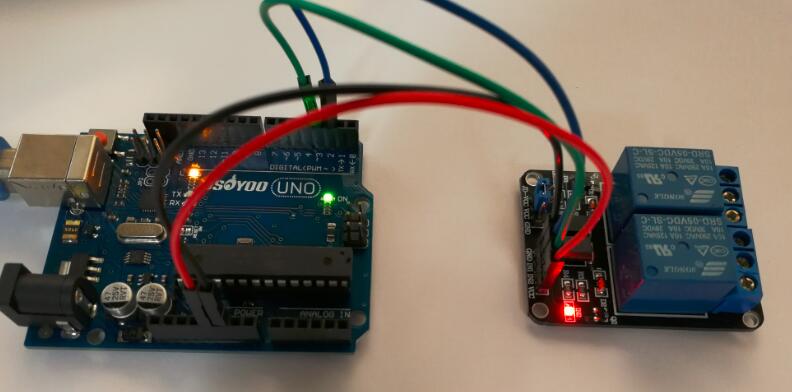

And yet, despite all this new-fangled finger-less control, there is an unanswered question: does this technology save us energy in the long run?įor years we’ve been hearing about vampire power and all the devices in our home that sit in standby, waiting for their masters to turn them on, quietly burning power to listen for that signal to wake.
#Arduino relay power strip tv#
They promise us the ability to turn on our toaster from another room, unlock our doors just by shouting at them from outside, and change the channel on our TV through perfectly enunciating a sentence instead of mashing the buttons on our remotes like chumps. Posted in home hacks, Microcontrollers Tagged 3D printed enclosure, ESP32, home automation, mains voltage, power strip, solid state relayĪmazon Alexa, Google Home, and just about every electronic device manufacturer are jumping on the bandwagon of connected devices. But remember, putting a Raspberry Pi inside of a power strip might seem suspicious to some folks. If you’d like to limit your interaction with mains voltages, then we’ve seen some projects that commandeer the low-voltage side of a commercial smart power strip. With a simple web interface running on the microcontroller, all three outlets can be independently controlled from any device with a web browser. Once the ESP32 toggles the line attached to each MOSFET, the indicator LED above the outlet goes on and the appropriate SSR is thrown to turn on the power. In addition to the microcontroller, the custom PCB in the power strip holds a trio of MOSFETs connected to AQH2223 solid state relay (SSR) chips. Nobody ever said a power strip had to be pretty, right? In addition to the panel mount sockets, there’s also a AC-DC converter to step mains voltage down to 5 VDC for the ESP32.
#Arduino relay power strip upgrade#
The use of heat-set inserts makes it a bit more robust for future upgrade work, but otherwise it’s a fairly simple rectangular design. The project started with a 3D printed enclosure that could hold the electronics and three panel mount sockets.

But where’s the fun in that? Instead of repurposing a commercial power strip for his recent project, decided to just build the whole thing himself. Surely the most straightforward way of creating a smart power strip would be to take an existing model and hack in some relays that you could fire with a WiFi-enabled microcontroller.


 0 kommentar(er)
0 kommentar(er)
